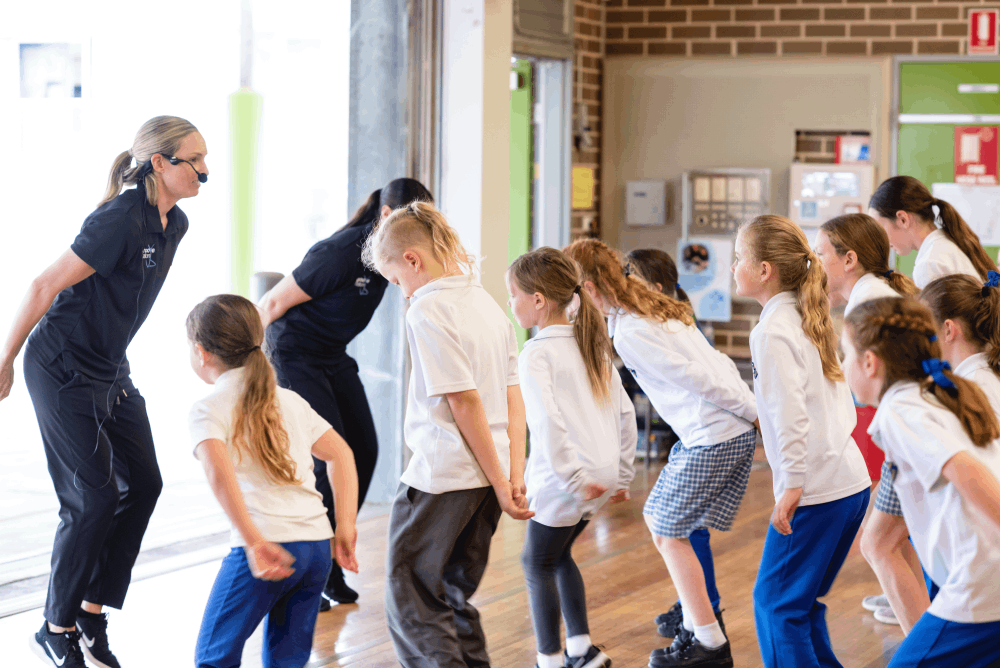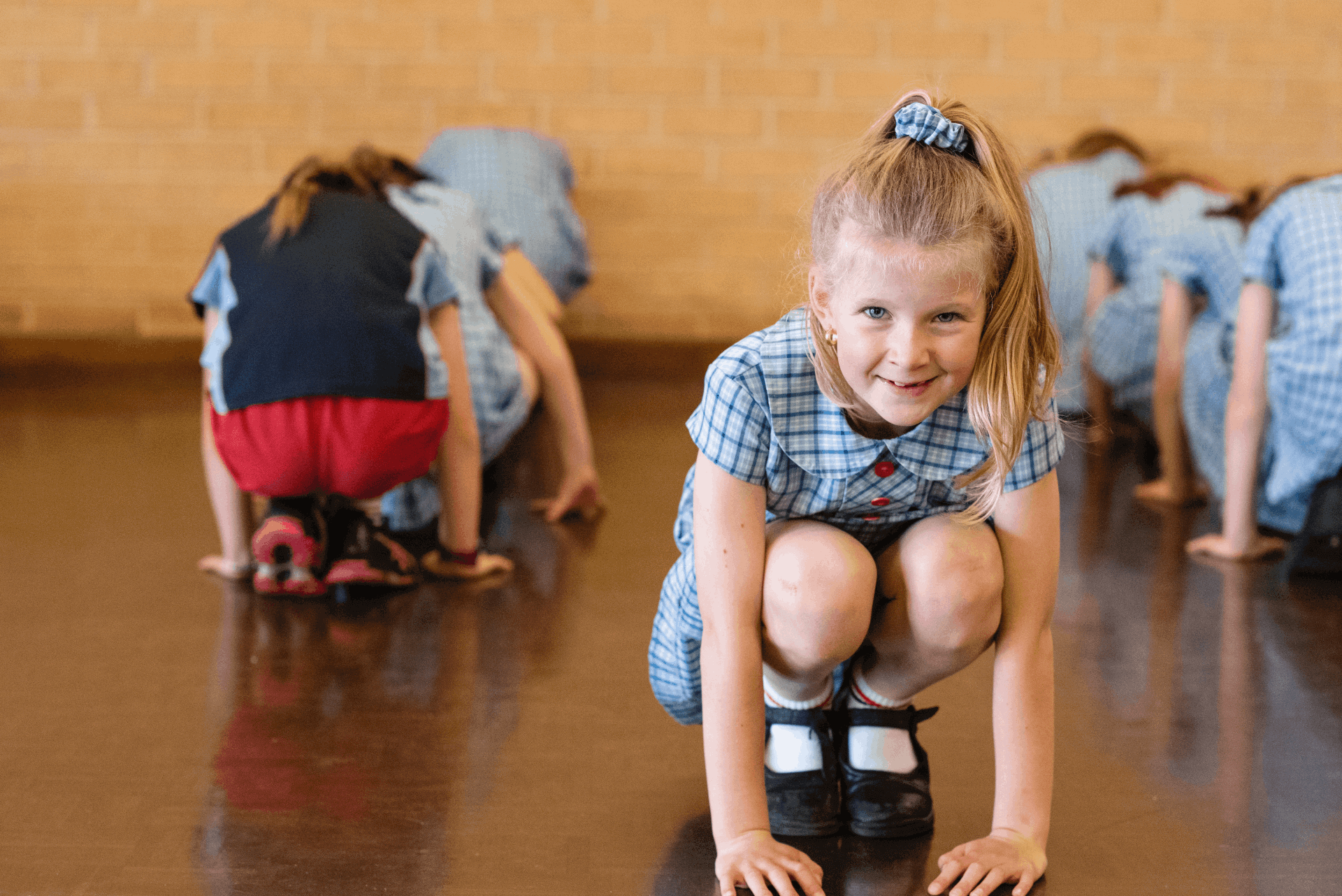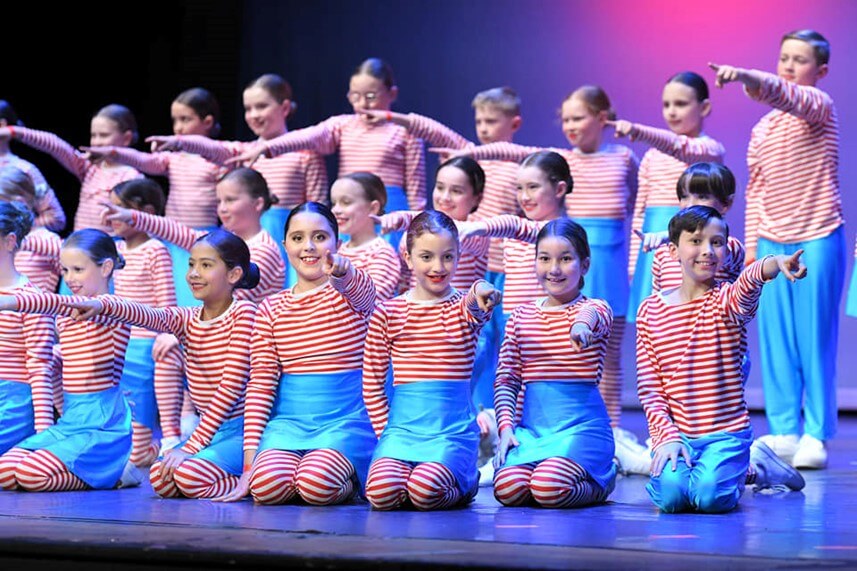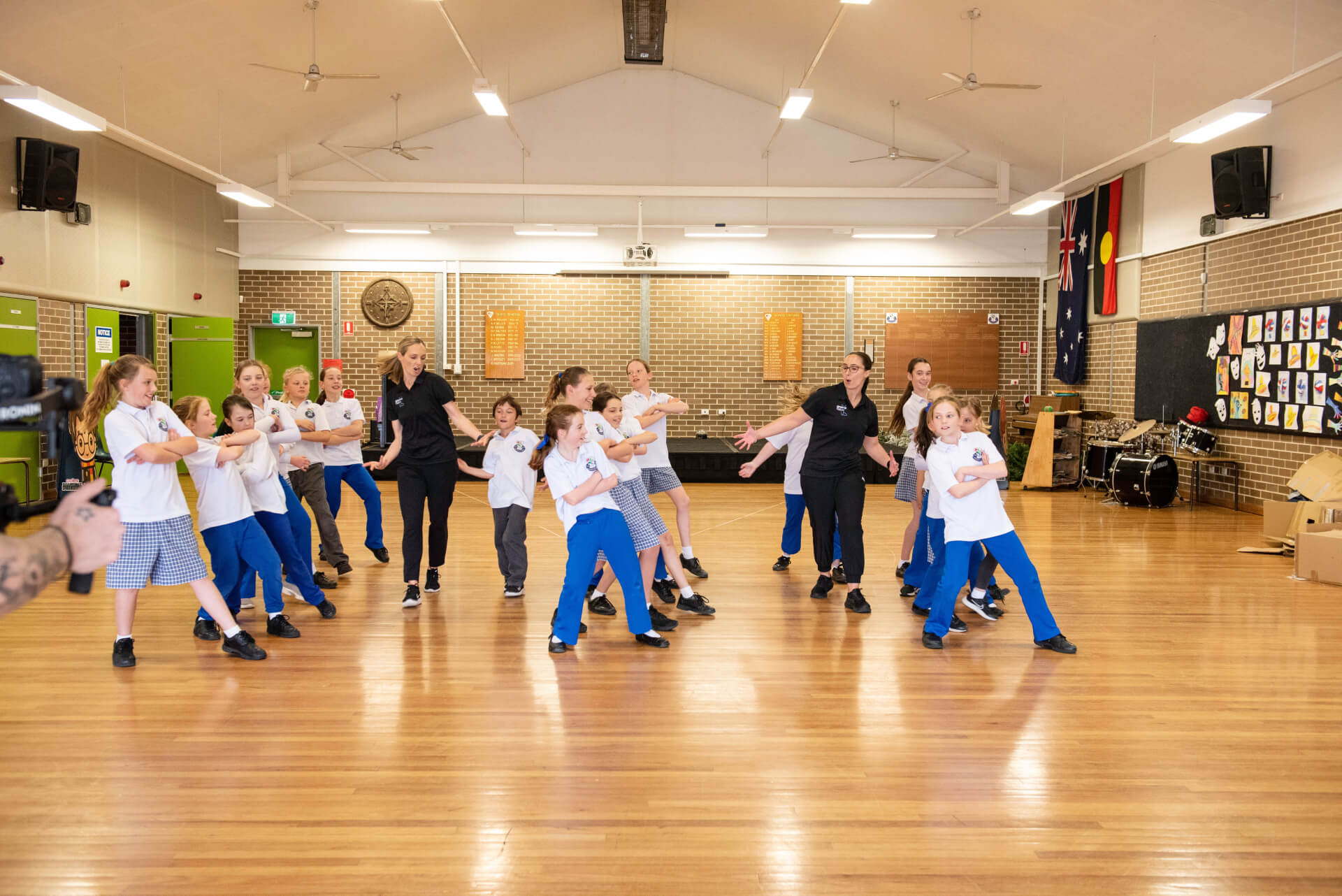How to Create an Amazing Primary School Dance Routine – 5 Tips for Primary School Teachers
- Groove Nation
- March 15, 2024
- 5:39 pm

As teachers, we’ve all had that moment of wondering how we’re going to get through a subject area that we’re not 100% confident in teaching. Whether it’s hoping your materials will work the way you intended, worrying if the various brilliant analogies you’ve come up with will promote understanding or deliberating over whether you could have possibly found a slightly better YouTube link or app to complement your lesson – we’ve all been there!
As a dance program provider, the team here at Groove Nation have discussed and debated what we think is most important when it comes to the task of teaching dance to primary school students. Whether you’re an ex-professional dancer or regard yourself as having two left feet and one signature move, entitled ‘the sprinkler’, we know too well the challenges you face when attempting to teach a class of enthusiastic, energetic primary school students to dance… at the same time… with expression… the way you pictured it!
So here they are… our Top 5 Tips for Primary Teachers to help guide you through your school dance choreography and come out with happy kids and immense personal satisfaction at the end!
1) 'Layered' Choreography
‘Layered’ choreography is particularly important where there is a gap in the skill levels of students.
For example, if a student has never done a turn before, they can be part of a group of students of similar ability and perform simpler movements.
Students who have a greater skill level can perform more advanced choreography, e.g., turns and kicks.
Do this at the same time in different formations and voila! You’ve got yourself an effective section of a routine.
2) Student-led 'Theme’ or ‘Storyline’
Select a ‘theme’ or ‘storyline’ that your students can relate to and encourage them to contribute to the choreography – You’ll be amazed at what they come up with!
By involving them in the creative process they will feel more connected to the performance and more invested in the final product.
3) Add Singing and Acting
Incorporate acting and singing into your choreography. By doing this, you can create a multidimensional performance that captivates your audience.
Not only does it add to the energy and expression of the dance, but it also enhances its overall appeal and cute factor!
Additionally, students get the opportunity to explore different areas of the performing arts and unleash their creativity in a unique and exciting way.
4) Add Performance Combos to your Warm-up
During the warm-up session, incorporate combinations that are intended to be performed in the dance routine. This approach saves time and helps to refine and perfect the execution of the steps.
By integrating the combinations into the warm-up, the dancers get a chance to rehearse and familiarise themselves with the sequence of steps.
As a bonus, this practice aids in the assessment of the dancers’ abilities, which can be used to fine-tune the choreography to suit their strengths and limitations.
5) Avoid Differing Limb Movements
As a dance teacher, it’s important to design choreography that is both engaging and achievable for your students. One way to do this is by avoiding steps that require the arms and legs to move in different directions e.g., ‘stomp with your feet while you circle your arms opposite ways’.This can be challenging for beginners and leave you having nightmares over how messy that section of the dance looks!
Instead, try incorporating simple and effective combinations that allow your students to dance in unison and create cohesive shapes as a group. This not only looks fantastic but also fosters a sense of teamwork and accomplishment among your dancers.
Summary
So, there you have it, 5 of our most useful tips for creating an amazing dance routine for your primary school students.
Now all you need to do is locate your leg warmers and put your creative hat on – good luck!
Secret Tip #6 - Outsource your dance programs to Groove Nation! 😉




